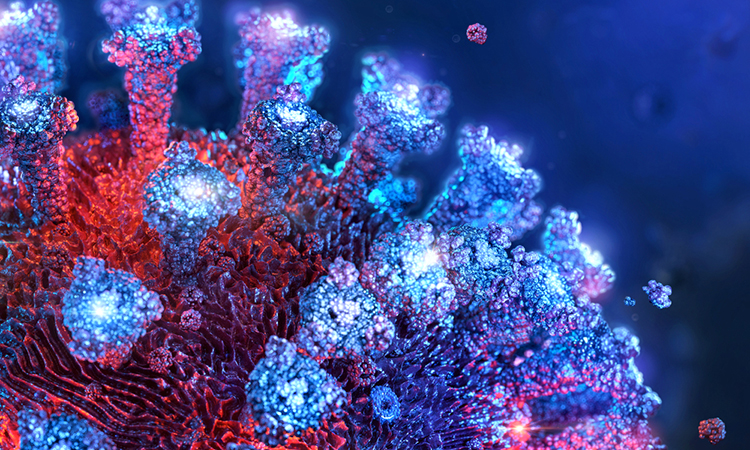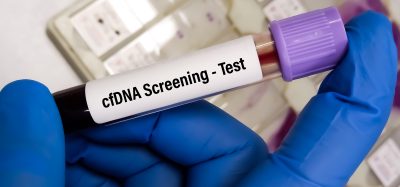X-ray screening reveals two promising SARS-CoV-2 drug candidates
Posted: 6 April 2021 | Victoria Rees (Drug Target Review) | No comments yet
Using a high-brilliance X-ray lightsource and protein crystallography, researchers have identified two drugs that inhibit the main protease of SARS-CoV-2.

A team of researchers has identified several drug candidates against SARS-CoV-2 using X-ray screening. The study was conducted at the Deutsches Elektronen-Synchrotron (DESY), Germany.
Using DESY´s high-brilliance X-ray lightsource PETRA III, the researchers tested almost 6,000 known active substances that already exist for the treatment of other diseases in a short amount of time. The team say that beamline P11 of DESY´s PETRA III research lightsource enables the three-dimensional (3D) structure of proteins can be imaged with atomic precision.
The special technical equipment at the PETRA III station P11 includes fully automated sample changes with a robotic arm, so that more than 7,000 measurements took only about three minutes. After measuring the samples, the team was able to identify a total of 37 substances that bind to the main protease (Mpro) of SARS-CoV-2.
“Using a high-throughput method, we were able to find a total of 37 active substances that bind with the Mpro,” said lead researcher Alke Meents.
In a next step, the researchers at the Bernhard Nocht Institute for Tropical Medicine, Germany, investigated whether these active substances inhibit or even prevent virus replication in cell cultures and how compatible they are for the host cells.
According to the team, seven of these substances inhibit the activity of the protein and thus slow down the multiplication of the virus. This is because the Mpro plays an important role in this process. Protease cuts protein chains produced by the host cell according to the blueprint of the virus genetic material into smaller parts that are necessary for the reproduction of the virus. If the main protease can be blocked, the cycle can possibly be interrupted; the virus can no longer reproduce and the infection is defeated.
Two of the compounds inhibit this process so promisingly that they are currently under further investigation in pre-clinical studies. This drug screening – probably the largest of its kind – also revealed a new binding site on the Mpro of the virus to which drugs can bind.
“The active substances Calpeptin and Pelitinib clearly showed the highest antivirality with good cell compatibility. Our co-operation partners have therefore already started pre-clinical investigations with these two substances,” explained DESY researcher Sebastian Günther, first author of the study.
In their drug screening using protein crystallography, the researchers did not examine fragments of potential drugs as is usually the case, but complete molecules of the drug. In the process, however, the team also discovered a binding site on the Mpro that had been completely unknown until then.
“It was not only a nice surprise that we were able to discover a new drug binding site on the Mpro – a result that can really only be achieved at a synchrotron light source like PETRA III – but that even one of the two promising drug candidates binds precisely to this site,” said Christian Betzel from the University of Hamburg, Germany, co-initiator of the study.
“A particular strength of our method of X-ray screening compared to other screening methods is that we obtain the 3D structure of the protein-drug complexes as a result and can thus identify the binding of the drugs to the protein at the atomic level. Even if the two most promising candidates do not make it into clinical trials, the 37 substances that bind to the main protease form a valuable database for drug developments based on them,” explained Patrick Reinke, DESY researcher and co-author of the publication.
The study on SARS-CoV-2 was published Science.
Related topics
Crystallography, Drug Discovery, Drug Leads, Drug Repurposing, High-Throughput Screening (HTS), Imaging, Molecular Targets, Screening
Related conditions
Covid-19
Related organisations
Bernhard Nocht Institute for Tropical Medicine, Deutsches Elektronen-Synchrotron (DESY), University of Hamburg
Related people
Alke Meents, Christian Betzel, Patrick Reinke, Sebastian Günther







